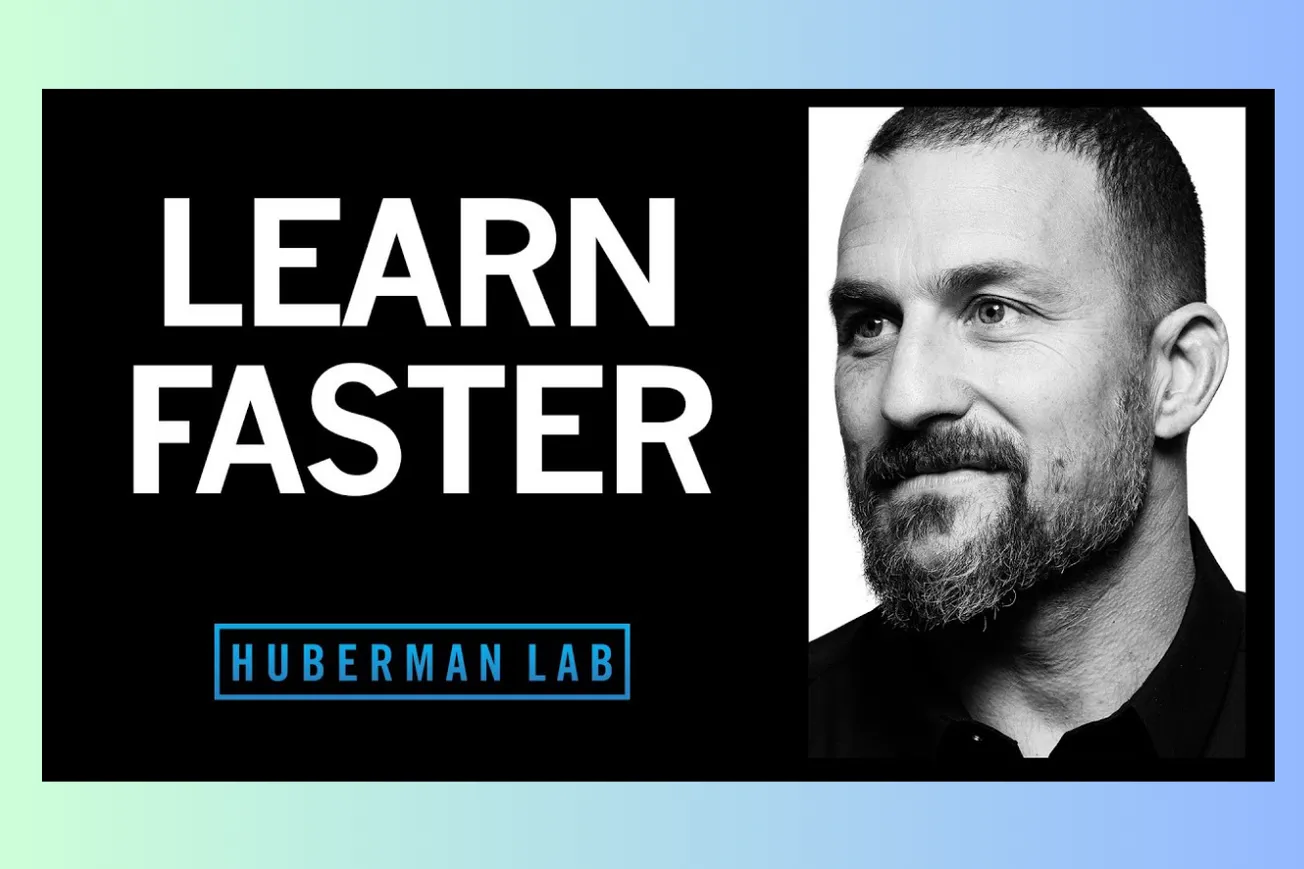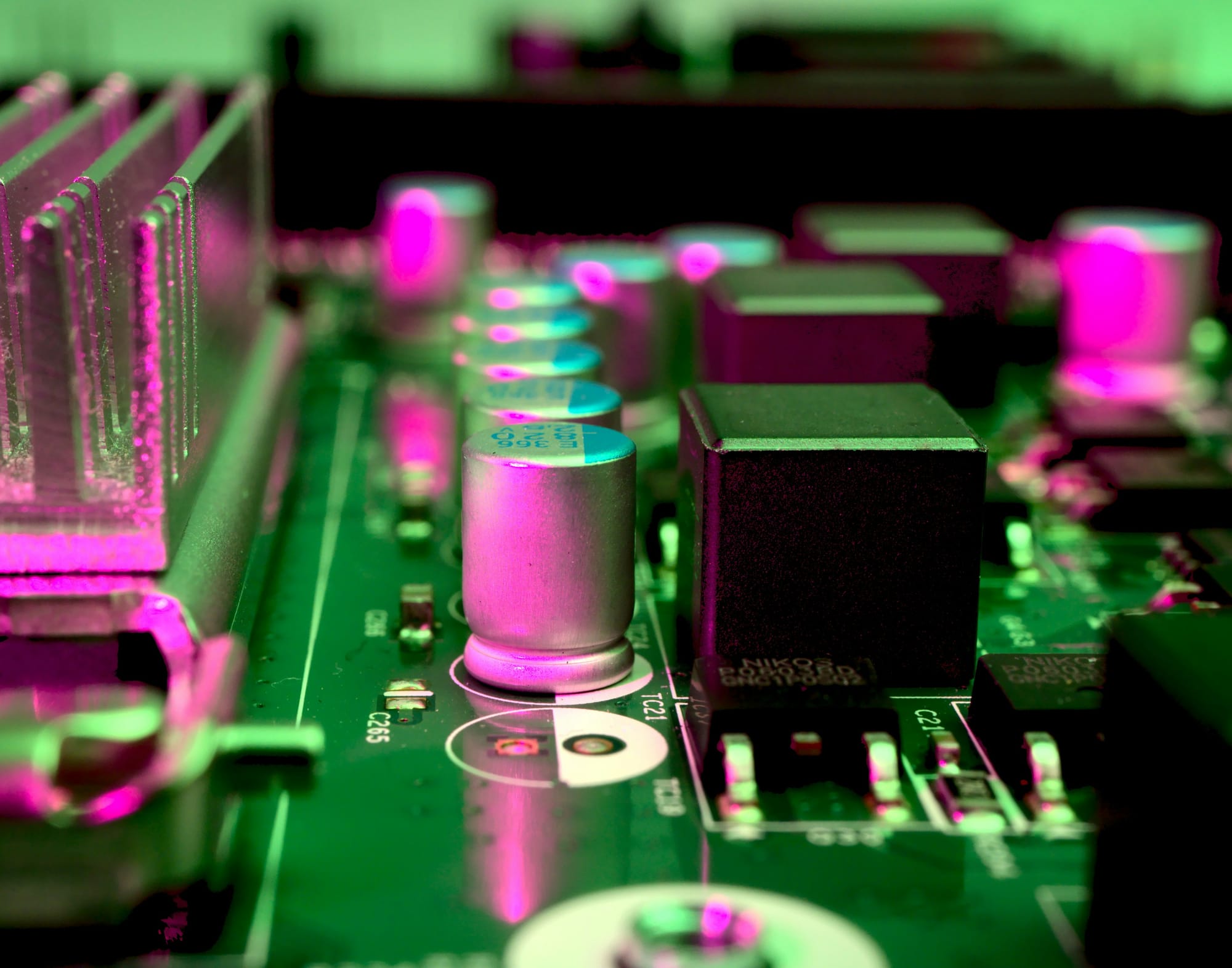Key Takeaways
- Neuroplasticity, the brain's ability to change, is highest before age 25 but can be deliberately accessed in adulthood through specific protocols.
- Making errors and experiencing frustration are not obstacles but essential signals that trigger the neurochemical release needed for plasticity.
- Flow states represent the execution of learned skills, not the optimal state for new learning. Learning requires stepping into discomfort and failure.
- Specific neurochemicals – acetylcholine (focus), epinephrine (alertness/urgency), and dopamine (motivation/reward) – must be present to mark neural circuits for change during learning bouts.
- Adults learn most effectively through incremental learning – breaking down skills into smaller steps and using shorter, focused learning bouts.
- Leveraging the vestibular system (balance) through novel movements and challenging your relationship with gravity is a powerful way to release plasticity-promoting neurochemicals.
- Managing your autonomic arousal (coined "limbic friction") to be alert yet calm is crucial for entering an optimal learning state.
- Attaching subjective reward (dopamine release) to the process of making errors can significantly accelerate plasticity.
- High contingency (a strong need or desire to learn) dramatically speeds up adult plasticity, mimicking the rapid learning seen in youth.
Please sign-in to continue reading this post for free!










